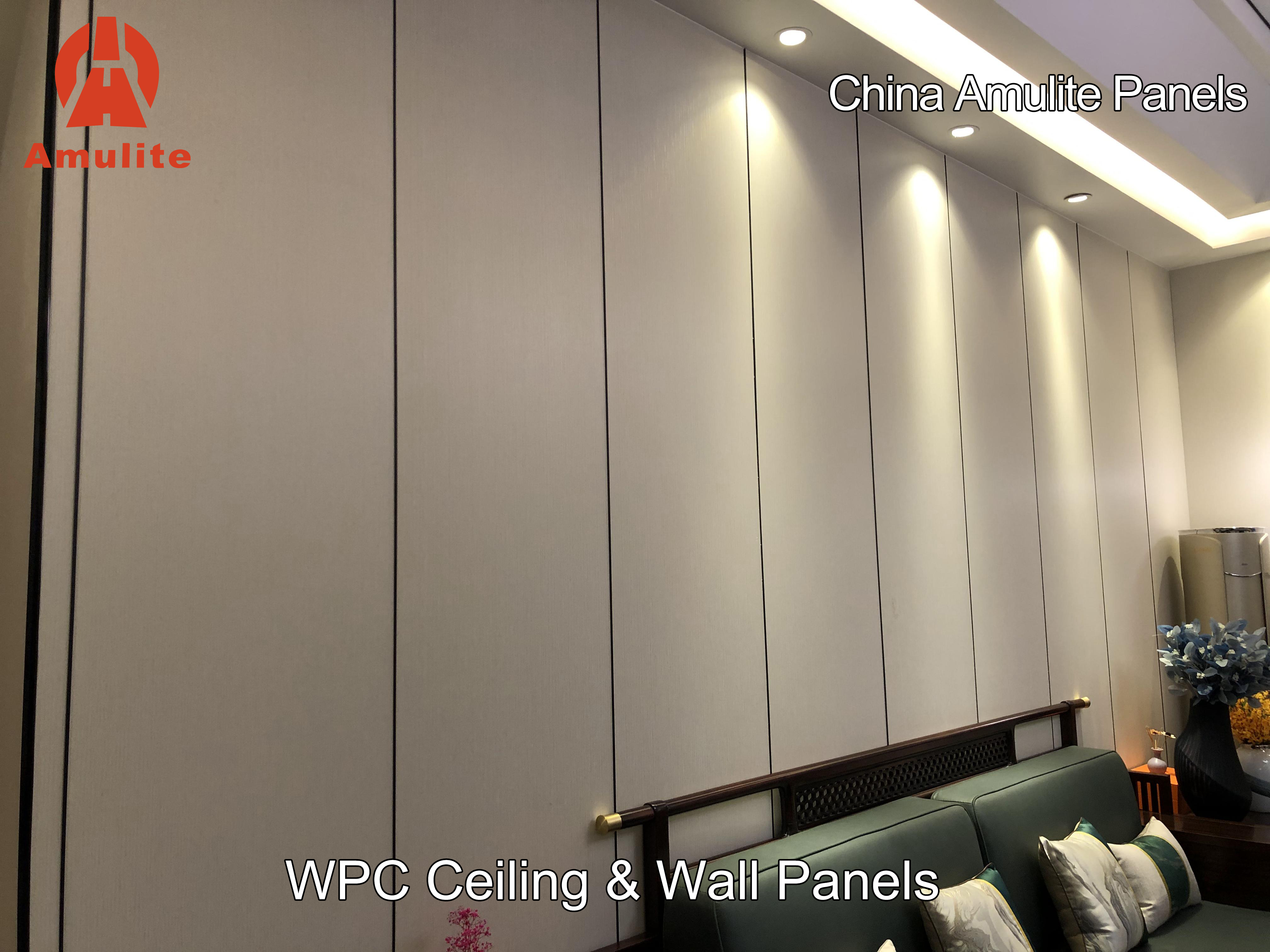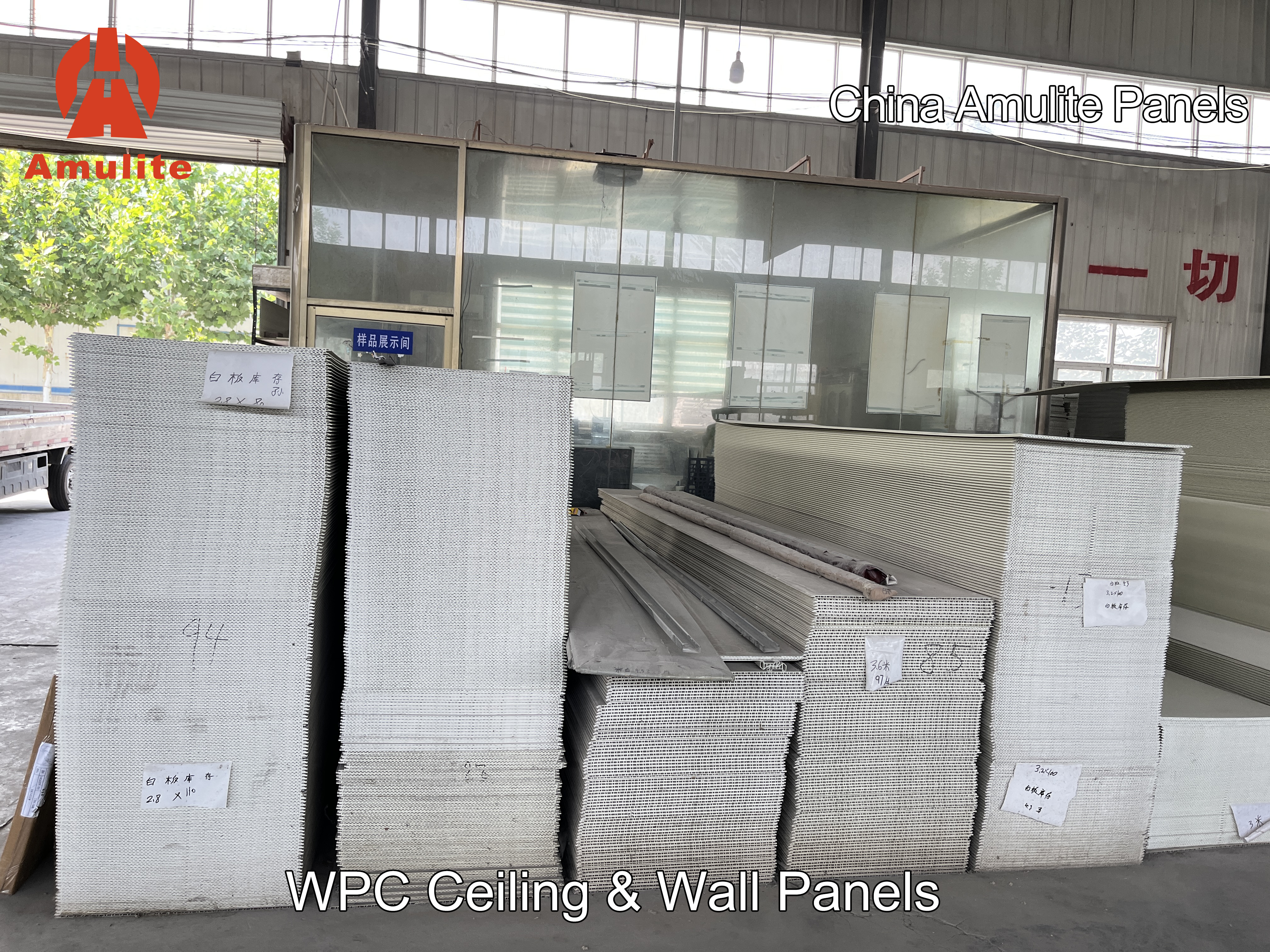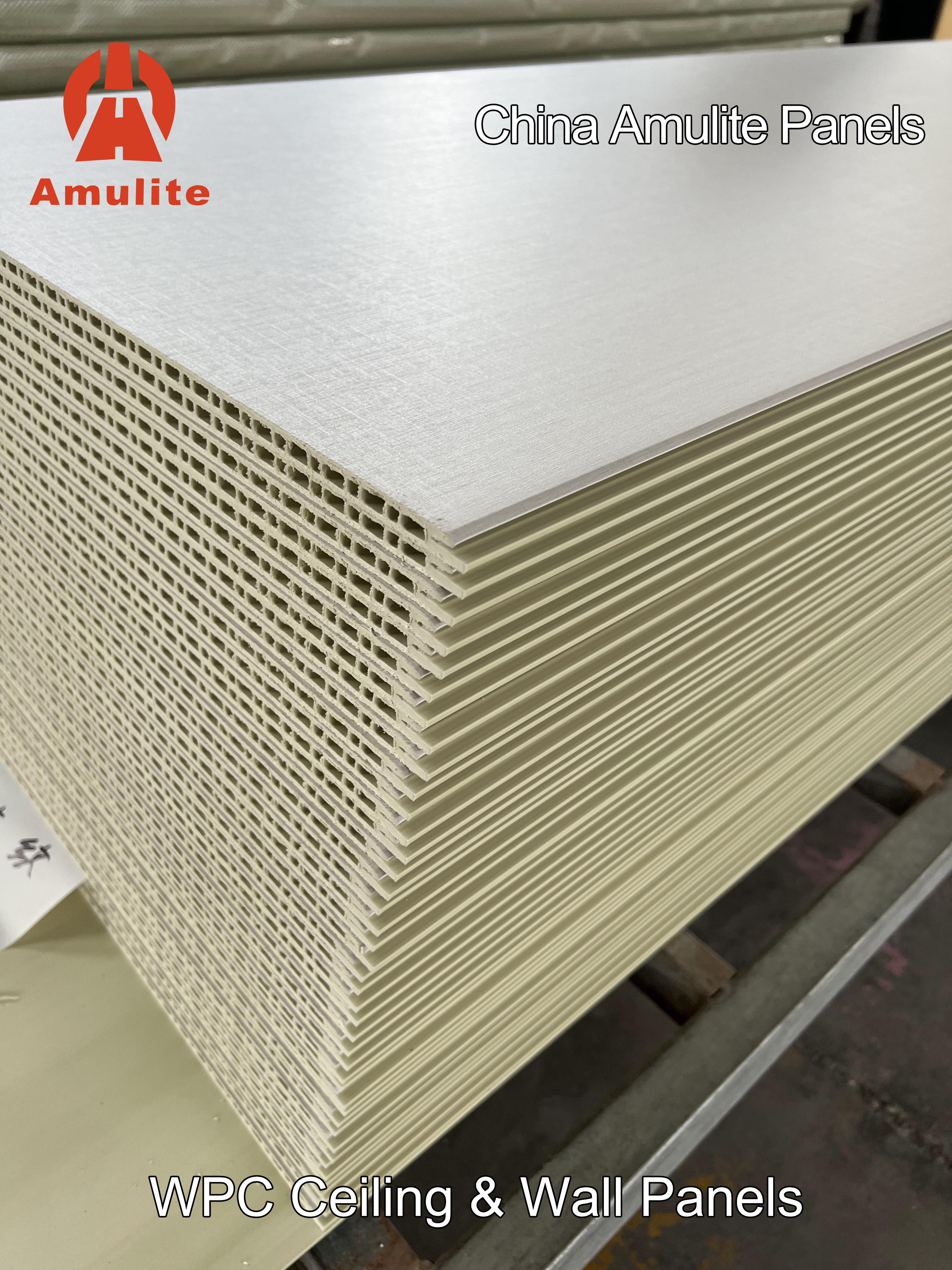WPC, which stands for Wood Plastic Composite, is a type of material composed of natural wood fibers or wood flour blended with thermoplastics (usually polyethylene, polypropylene, or polyvinyl chloride). WPC products often mimic the appearance of traditional wood but offer enhanced durability, resistance to decay, and reduced maintenance requirements. One application of WPC is in the production of WPC wall panels.

WPC Wall Panel:
A WPC wall panel is a type of cladding or covering material used to enhance and protect the walls of buildings. These panels are composed of a mixture of wood fibers and thermoplastics, resulting in a material that combines the aesthetic appeal of wood with the durability and weather resistance of plastics.
Key Features of WPC Wall Panels:
Aesthetic Appeal: WPC wall panels often replicate the natural appearance of wood, providing a warm and inviting look. They are available in various colors and finishes to suit different architectural styles.
Durability: WPC is known for its durability and resistance to rot, decay, and insect damage. This makes WPC wall panels suitable for both indoor and outdoor applications.
Low Maintenance: Compared to traditional wood panels, WPC wall panels require minimal maintenance. They do not need painting, staining, or sealing, and they are easy to clean with regular washing.
Water Resistance: The plastic component in WPC provides water resistance, making it suitable for use in areas prone to moisture, such as bathrooms or kitchens.
Environmentally Friendly: WPC is often considered more environmentally friendly than pure plastics as it incorporates recycled materials and reduces the demand for traditional wood.
Easy Installation: WPC wall panels are typically designed for easy and efficient installation. They may have interlocking mechanisms or other features that simplify the installation process.
WPC wall panels find applications in both residential and commercial buildings, providing an alternative to traditional materials like wood or vinyl. They are used for interior wall coverings as well as exterior cladding, offering a versatile solution for various design needs. As with any construction material, it’s advisable to consult with manufacturers and suppliers for specific product information and installation guidelines.
Post time: Dec-18-2023










